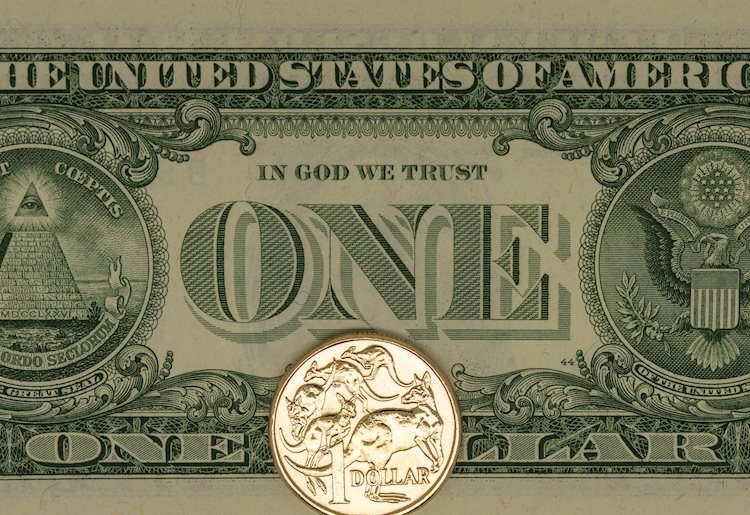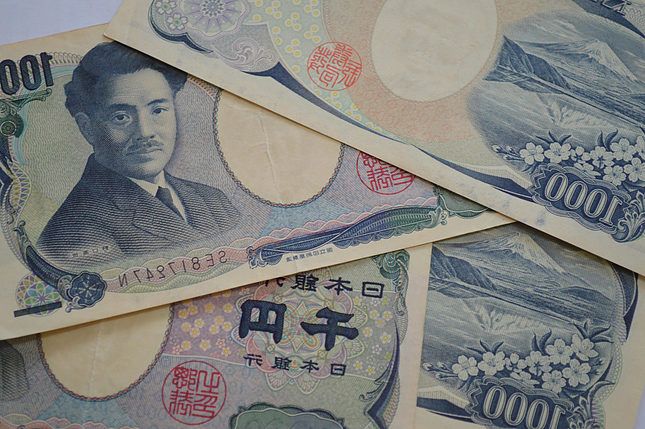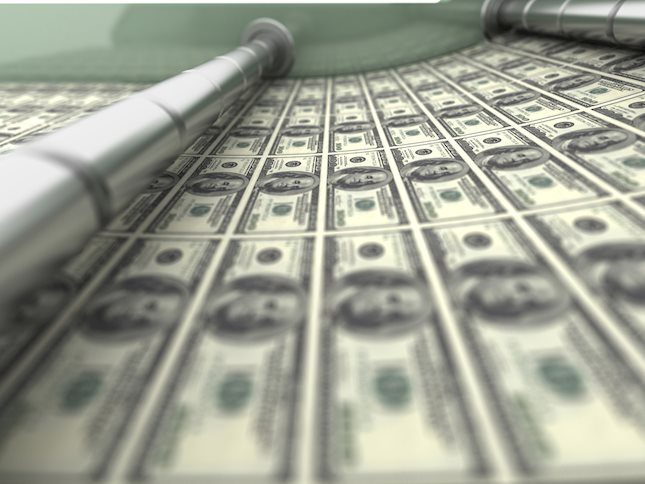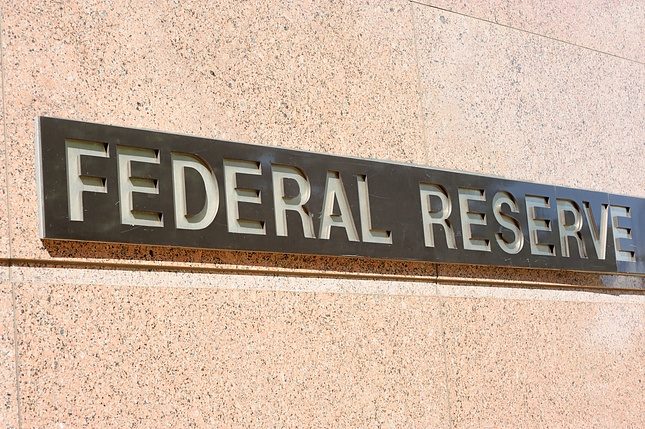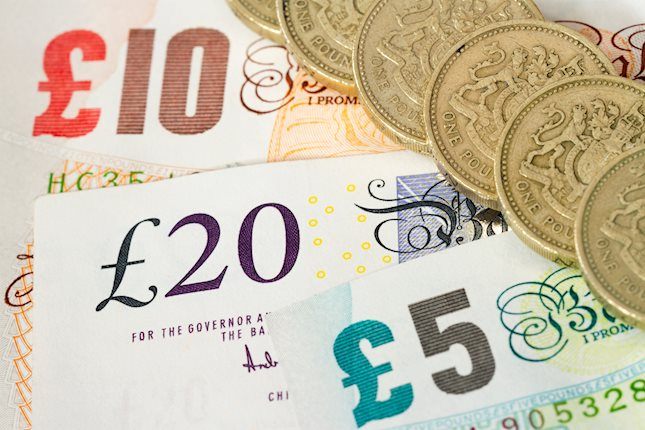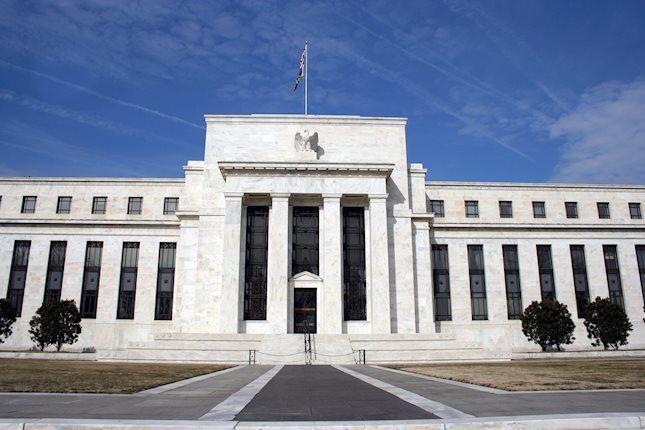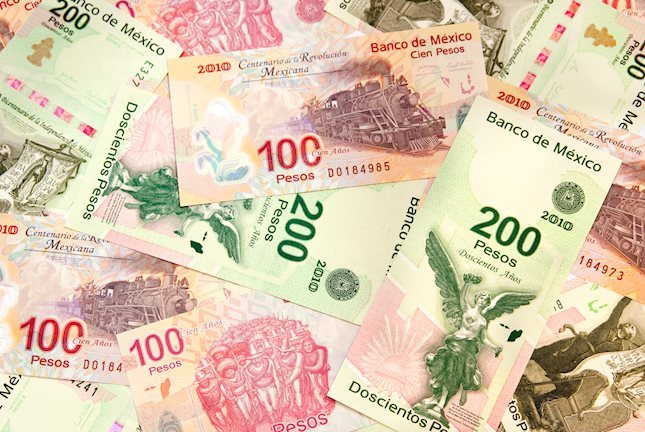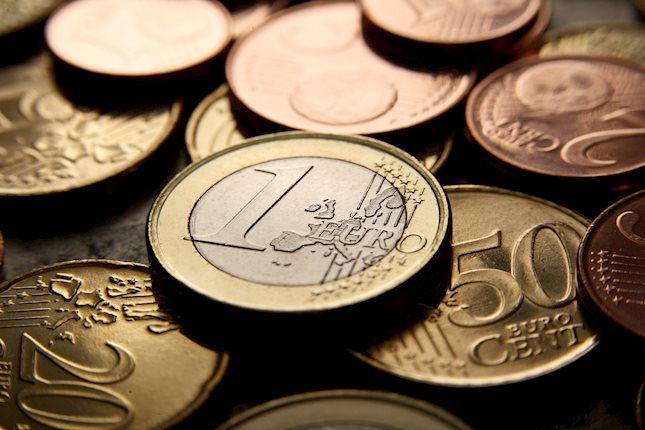Australian Dollar retreats after Powell signals caution
- AUD/USD fell as the US Dollar recovered following Powell’s words.
- The Fed reduced rates by 50 bps to 5%.
- Federal policymakers foresee lower GDP development, higher unemployment, and easing inflation in the coming years.
The AUD/USD reached a high of 0.6800 before falling back toward the 0.6760 level in the wake of the Federal Reserve's (Fed) decision to cut interest rates by 50 basis points to 5%. Fed Chair Jerome Powell’s cautious words seem to have made the USD clear most of its daily losses.
On the Aussie’s front, the Australian economy faces an uncertain future with mixed signals from various economic indicators. Despite high inflation, the Reserve Bank of Australia (RBA) has maintained a hawkish stance, indicating a commitment to combating inflation through interest rate increases. As a result, markets now anticipate only a modest easing of monetary policy in 2024, with a potential rate cut of just 0.25%.
Daily digest market movers: Australian Dollar clears gains as markets digest Powell’s words
- The Australian Dollar cleared gains against the US Dollar following the 50 basis point rate cut by the Fed.
- The Fed lowered its GDP growth projection for 2024 to 2%, down from 2.1% previously and increased its Unemployment Rate forecast for 2024 and 2025 to 4.4%, up from 4.2%.
- Inflation expectations eased, with PCE inflation forecast to reach 2.3% by the end of 2024, down from the previous estimate of 2.6%, while core inflation is expected to settle at 2.6%.
- The Fed cut rates by 50 basis points to a range of 4.75-5.00% in an effort to balance economic conditions.
- Fed Chair Powell stated that the rate cut was not a signal of a new pace of reductions and that the Fed had been patient and is moving at an appropriate pace.
AUD/USD technical outlook: Pair rejected above 0.6800 resistance
The AUD/USD climbed significantly, approaching 0.6800 after the Fed's surprising decision. After cleaning all of its daily gains indicators flattened somewhat, but the overall outlook remains positive. For that to remain, the bulls must defend the 20-day Simple Moving Average (SMA) at 0.6730.
Central banks FAQs
Central Banks have a key mandate which is making sure that there is price stability in a country or region. Economies are constantly facing inflation or deflation when prices for certain goods and services are fluctuating. Constant rising prices for the same goods means inflation, constant lowered prices for the same goods means deflation. It is the task of the central bank to keep the demand in line by tweaking its policy rate. For the biggest central banks like the US Federal Reserve (Fed), the European Central Bank (ECB) or the Bank of England (BoE), the mandate is to keep inflation close to 2%.
A central bank has one important tool at its disposal to get inflation higher or lower, and that is by tweaking its benchmark policy rate, commonly known as interest rate. On pre-communicated moments, the central bank will issue a statement with its policy rate and provide additional reasoning on why it is either remaining or changing (cutting or hiking) it. Local banks will adjust their savings and lending rates accordingly, which in turn will make it either harder or easier for people to earn on their savings or for companies to take out loans and make investments in their businesses. When the central bank hikes interest rates substantially, this is called monetary tightening. When it is cutting its benchmark rate, it is called monetary easing.
A central bank is often politically independent. Members of the central bank policy board are passing through a series of panels and hearings before being appointed to a policy board seat. Each member in that board often has a certain conviction on how the central bank should control inflation and the subsequent monetary policy. Members that want a very loose monetary policy, with low rates and cheap lending, to boost the economy substantially while being content to see inflation slightly above 2%, are called ‘doves’. Members that rather want to see higher rates to reward savings and want to keep a lit on inflation at all time are called ‘hawks’ and will not rest until inflation is at or just below 2%.
Normally, there is a chairman or president who leads each meeting, needs to create a consensus between the hawks or doves and has his or her final say when it would come down to a vote split to avoid a 50-50 tie on whether the current policy should be adjusted. The chairman will deliver speeches which often can be followed live, where the current monetary stance and outlook is being communicated. A central bank will try to push forward its monetary policy without triggering violent swings in rates, equities, or its currency. All members of the central bank will channel their stance toward the markets in advance of a policy meeting event. A few days before a policy meeting takes place until the new policy has been communicated, members are forbidden to talk publicly. This is called the blackout period.
Forex News
Keep up with the financial markets, know what's happening and what is affecting the markets with our latest market updates. Analyze market movers, trends and build your trading strategies accordingly.
